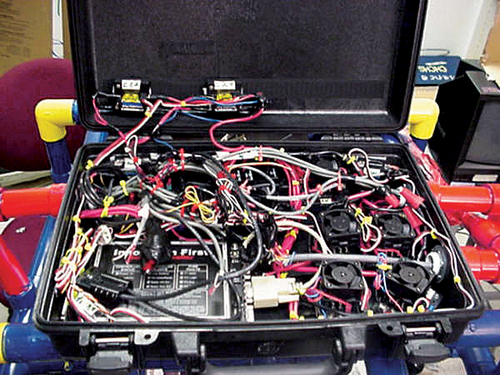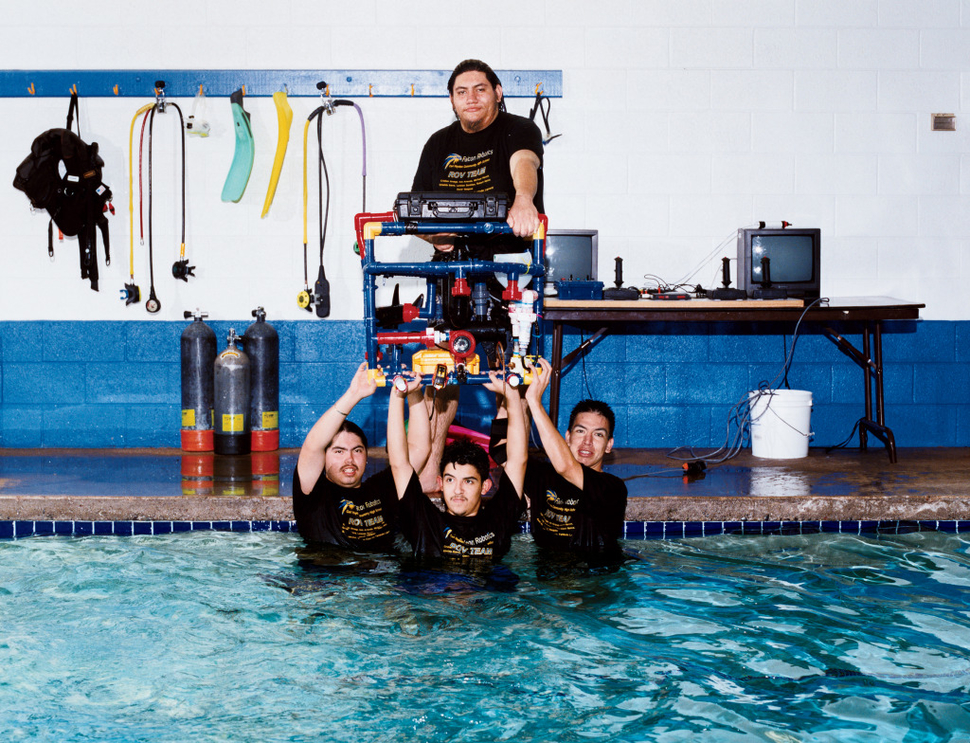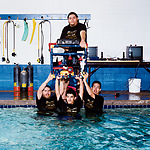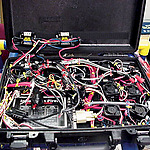The human species is a collective of imaginative, creative and explorative individuals who, in large part, enjoy tinkering with and inventing new technologies. At high schools, technical colleges and universities all around the world, students, hobbyists and experts alike, take part in competitions to design or invent a plethora of contraptions. When I was at school, we hand one such project in which students had to complete a series of pre-defined challenges. We worked in a team and each group was given the same resources for each challenge: tissues, string, plastic bags and straws, for example.
One of the challenges, done at many schools, was to protect a dropped egg from breaking. More precisely, the challenge was to efficiently and effectively use available resources to come up with a solution. Our group tightly wrapped the egg in hard materials to reinforce the shell, followed by softer ones to absorb shock, and the egg did not break. However, another team produced something much more elegant: the winning design used a plastic bag to create a parachute and used a weight and straws to elegantly mimic a simple landing system. Clearly, one design was better than the other. However, in both cases we exhausted all of our resources aiming to deliver our absolute best, as creativity was the limiting factor.
Imagine, however, that the challenge was phrased slightly differently: protect the egg as frugally as possible. In this scenario groups are recognized for the material not used, as long as the egg does not break. Instead of hanging on every little bit of material at one’s disposal, one would selectively choose them carefully, knowing full well that every item used, could be one more than the neighbour. Other examples of challenges in which inputs are the limiting factor, could be to protect as many eggs as possible or build as many different functioning solutions, given a fixed amount of resources. This slight nuance changes the mind-set drastically: creativity is given additional boundaries, focused in a stronger way and the challenge is more realistic. It is this exact change in mentality that is needed in a modern society, which recognizes the opportunity costs of excess and the very real limits of natural resources.


Sources:
http://www.wired.com/2014/12/spare-parts/
http://www.wired.com/2014/12/4-mexican-immigrant-kids-cheap-robot-beat-mit/
http://www.sciencefriday.com/segments/the-true-story-behind-spare-parts/



